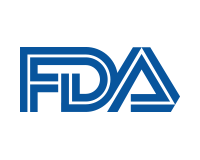United States Department of Health and Human Services

United States Food and Drug Administration: Publications
Date of this Version
2017
Document Type
Article
Citation
Umile Gianfranco Spizzirri and Giuseppe Cirillo (eds.) Food Safety: Innovative Analytical Tools for Safety Assessment, (65–121).
Abstract
Food allergens are proteins that are well tolerated by most, but can cause severe reactions in sensitive individuals. Since there is no cure for food allergy, strict adherence to an allergen-free diet is the only safe choice currently available for allergic consumers. Accurate food labeling can help consumers avoid foods containing an allergenic ingredient. Regulatory agencies have mandated the labeling of major food allergens on packaged foods to help with safe food choices. However, the inadvertent presence of an allergen in food due to cross-contact and labeling error can jeopardize consumer health. Analytical methods are developed for allergen detection and quantitation to ensure food safety and labeling compliance. These methods are mostly based on immunochemistry, mass spectrometry and genomic amplification. This chapter details the general principles and advances in the development of allergen detection methods. The validation of these analytical methods and challenges associated with accurate allergen quantitation is also discussed.
Included in
Dietetics and Clinical Nutrition Commons, Health and Medical Administration Commons, Health Services Administration Commons, Pharmaceutical Preparations Commons, Pharmacy Administration, Policy and Regulation Commons


Comments
U.S. government work.